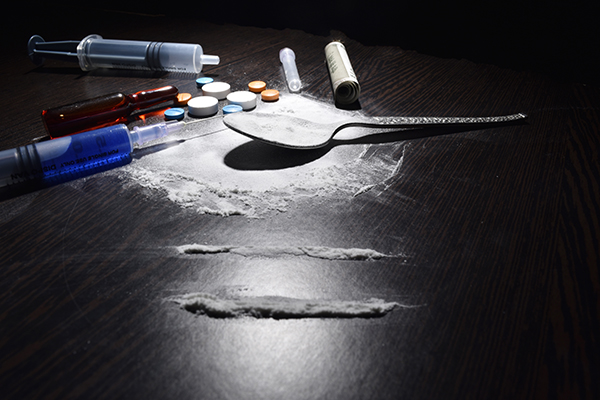
Physicians’ ability to diagnose and treat opioid-related overdoses may be complicated by the discovery of the animal tranquilizer xylazine mixed in illicit fentanyl-laced drugs, the Texas Department of State Health Services (DSHS) warned in a recent health advisory.
“Law enforcement has identified xylazine in the unregulated fentanyl supply in West Texas,” the advisory states. “It has also informed DSHS of at least four deaths resulting from the combined drug toxicity of xylazine along with at least one other illicit substance (e.g., opioids, cocaine, and methamphetamine).”
Xylazine has become a nationwide problem, says Rahul Gupta, MD, director of the White House Office of National Drug Control Policy. He recently designated fentanyl adulterated or associated with xylazine as an emerging threat to the U.S. and said the drug is especially prevalent in southern and western states. Dr. Gupta is requesting $11 million to develop a strategy to address xylazine, including finding an antidote, learning how to disrupt its distribution, and considering whether Congress should classify it as a controlled substance.
Physicians with a patient showing signs of an overdose typically call 911 (if away from emergency services) and treat the patient with Narcan (naloxone) nasal spray in case the overdose was caused by opioids, says Michael Sprintz, DO, a Houston-area specialist in addiction, pain medicine, and anesthesia. But if the patient remains unresponsive, the physician should consider the possibility of xylazine exposure.
“If they’re sedated and Narcan isn’t working, then you think of other causes,” Dr. Sprintz said. “Now we must consider use of some type of drug bought on the street that has xylazine in it.”
Xylazine used in combination with fentanyl may cause patients to exhibit blue or greyish skin, the DSHS advisory says. Other symptoms include:
- Unresponsiveness and decreased consciousness,
- Low blood pressure,
- Slow heart rate, and
- Reduced or slow breathing.
Xylazine is a non-opioid, long-acting tranquilizer that has not been approved by the Food and Drug Administration (FDA) for use by humans. There is no FDA-approved medication to counter the effects of a xylazine overdose, Dr. Sprintz says. In such a case, physicians should provide supportive measures to keep the patient breathing.
It’s also vital to test for xylazine because the drug is addictive, he says.
“Drug testing is a very important part of good clinical care when we deal with identifying possible substance use disorders,” he said. “This will help document and support referral to an appropriate care facility.”
Chronic users of xylazine frequently show severe necrotic skin ulcerations caused by the drug’s ability to constrict blood vessels and shut off the blood flow of small vessels, Dr. Sprintz says. These ulcers can appear anywhere on the body.
News of the deaths caused by xylazine may scare people away from knowingly using the drug, he says. But many people may not know they’re taking it. Others with an active substance use disorder, who may not be concerned about overdose risk, may be attracted to the drug because of its potency.
Products containing xylazine may go by street names such as “tranq,” “tranq dope,” “sleep-cut,” “Philly dope,” and “zombie drug,” according to FDA.
Get the latest opioid news, education, and resources in TMA’s Opioid Crisis Resource Center.